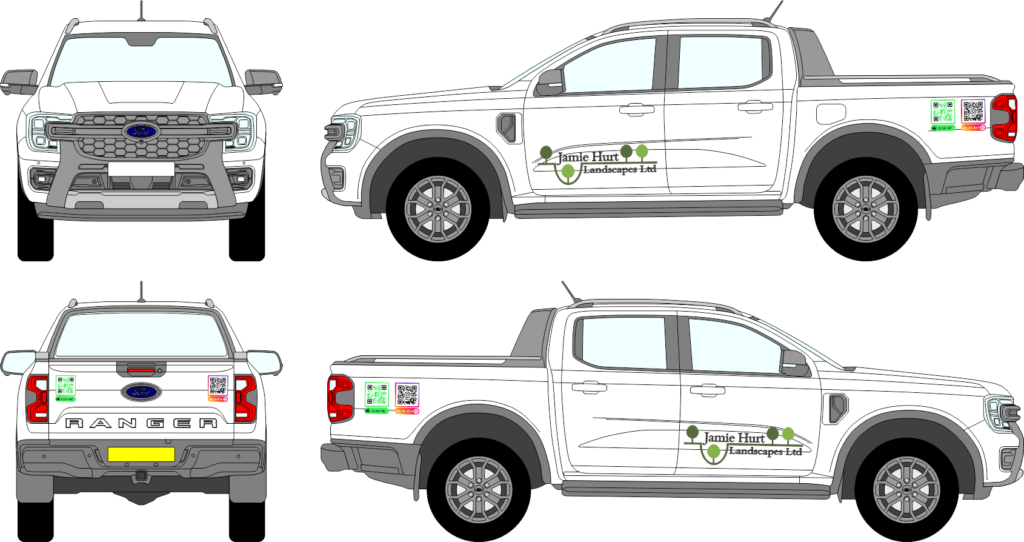
Vehicle graphics manufacturing is a process that transforms vehicles into mobile advertising platforms or personalized statements. Here’s a breakdown of the key aspects:
Core Processes:
- Design:
- This stage involves creating the visual design, which can range from simple lettering and logos to complex, full-vehicle wraps.
- Graphic designers use specialized software to create digital designs that are tailored to the specific vehicle’s shape and contours.
- Printing:
- High-quality digital printers are used to produce the graphics on specialized vinyl materials.
- UV-resistant inks are often used to ensure the graphics are durable and fade-resistant.
- Cutting:
- Once printed, the vinyl graphics are precisely cut using computer-controlled cutting machines.
- This ensures accurate shapes and sizes, allowing for seamless application to the vehicle.
- Lamination:
- A protective laminate layer is often applied over the printed graphics.
- This layer enhances durability, protects against scratches and UV damage, and extends the lifespan of the graphics.
- Installation:
- Skilled installers carefully apply the vinyl graphics to the vehicle’s surface.
- This process requires precision and expertise to ensure a smooth, bubble-free finish.
Key Materials and Technologies:
- Vinyl:
- Specialized vehicle-grade vinyl is used, which is flexible, durable, and designed to adhere to curved surfaces.
- Digital Printing:
- Large-format digital printers produce high-resolution graphics with vibrant colors.
- Cutting Plotters:
- Computer-controlled cutting plotters precisely cut the vinyl into the desired shapes.
- Laminates:
- Protective laminates provide durability and UV protection.
Applications:
- Commercial Vehicles:
- Businesses use vehicle graphics to promote their brand, products, and services.
- Personal Vehicles:
- Individuals use vehicle graphics for customization and personalization.
- Fleet Vehicles:
- Companies with fleets of vehicles use graphics for consistent branding and identification.
- Emergency Vehicles:
- Reflective graphics are used for safety and visibility.
In essence, vehicle graphics manufacturing combines design, printing, and installation expertise to create impactful and durable visual displays on vehicles.


